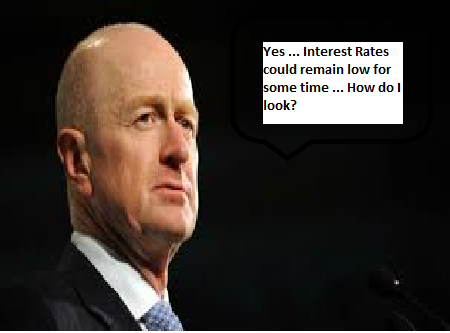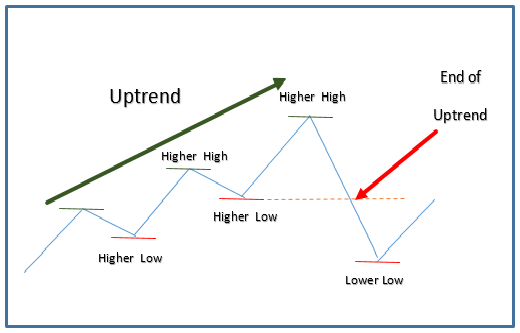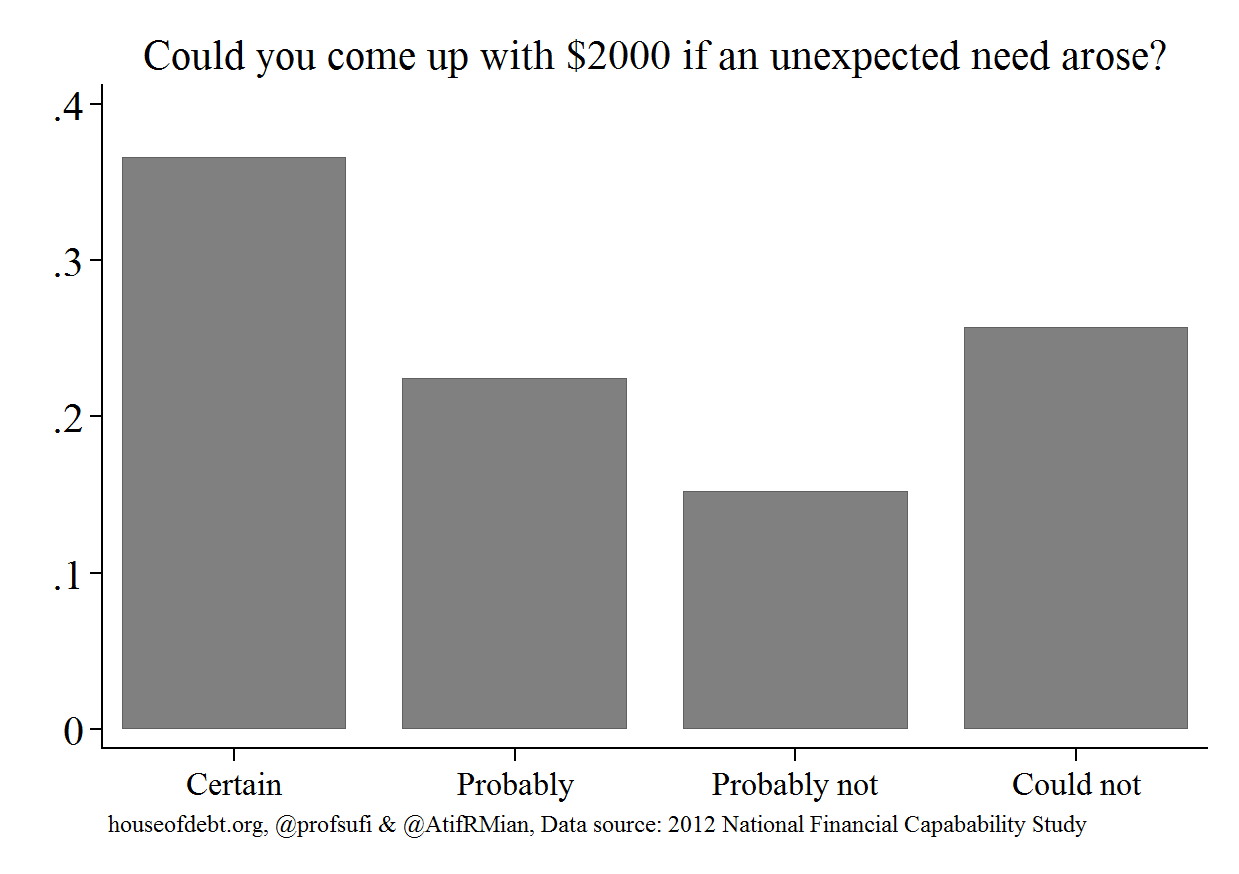 OK … the cushion is sorted and we are ready to start on the path to financial independence with our first investment.
OK … the cushion is sorted and we are ready to start on the path to financial independence with our first investment.
However, we are just starting and our first plunge into the share market shouldn’t be with an individual company … this is too risky … exposure to the whole market through an index fund is a good first step.
The main reason for this strategy is that Slack Investor has found that – despite his great prowess as an investor (?) there are many unknowns when it comes to an individual share or stock.
Slack Investor does a great deal of research on a company before he parts with his dollars and, despite being convinced at purchase time that this company will be a great winner, this does not always turn out to be the case.
Slack Investor has been in this investing game for a considerable time and despite this 30-year experience and diligent research his documented win probability for an individual company (Selling the share for more than I bought it) is surprisingly (to an optimist like me!) low.
Slack Investor win probability ... is just over 50%.
This sounds like I don’t know what I am doing … However, bear with me …If you follow Slack Investor and use the enduring wisdom of many successful investors
“Cut your losses short and let your winners run.”
… You will be well on the road to financial freedom.
This is because individual stocks that you keep in your portfolio (Winners) may increase in price by 5-500% (or more!) but if you limit your losses on losing stocks to around 15% you will end up with a solid investment portfolio. For the record, the Slack Investor portfolio has between 20-30 individual shares/managed funds and, including dividends, has achieved a 5-year average annual Internal Rate of Return (IRR) of 14.6% (as at 30/06/16)
If you don’t want to get involved with a stock broker, and you have $5000, then the most excellent Vanguard Funds offer exposure to the whole Australian, US or World markets through their managed funds. For example the Vanguard Index Australian Shares Fund offers exposure to the whole Australian share market for a management fee of 0.75% p.a. with a published 5-year annual average return of 8.7% (after fees)
Or, you could take the plunge and sign up with an Online Broker. Slack Investor uses CommSec. After a bit of paperwork you should then be able to trade on the ASX online and get exposure to the world of Exchange Traded Funds (ETF’s). You will have to pay brokerage for each trade but otherwise, costs are low.
Two such Australian ETF’s are SPDR S&P/ASX 200 (STW) and Vanguard Australian Shares Index Fund (VAS) . They have management costs of 0.19% and 0.15%, respectively, with 5-year average net total returns of 9.98% and 9.32% respectively (31/08/16).
The stock market is a capricious beast and susceptible to whims and world events. Of course, past returns on the stock market are no guarantee of future returns – but, if you put your faith and money into the whole market through an index fund for 3-5 years you will usually be rewarded.
 At the end of September 2016, Slack Investor is embracing the slackness of it all and stays IN for all his ASX, US and UK index positions.
At the end of September 2016, Slack Investor is embracing the slackness of it all and stays IN for all his ASX, US and UK index positions.




 At the end of August 2016, Slack Investor does his favourite thing … Nothing!
At the end of August 2016, Slack Investor does his favourite thing … Nothing!


 lve – and what it will eventually contain.
lve – and what it will eventually contain.